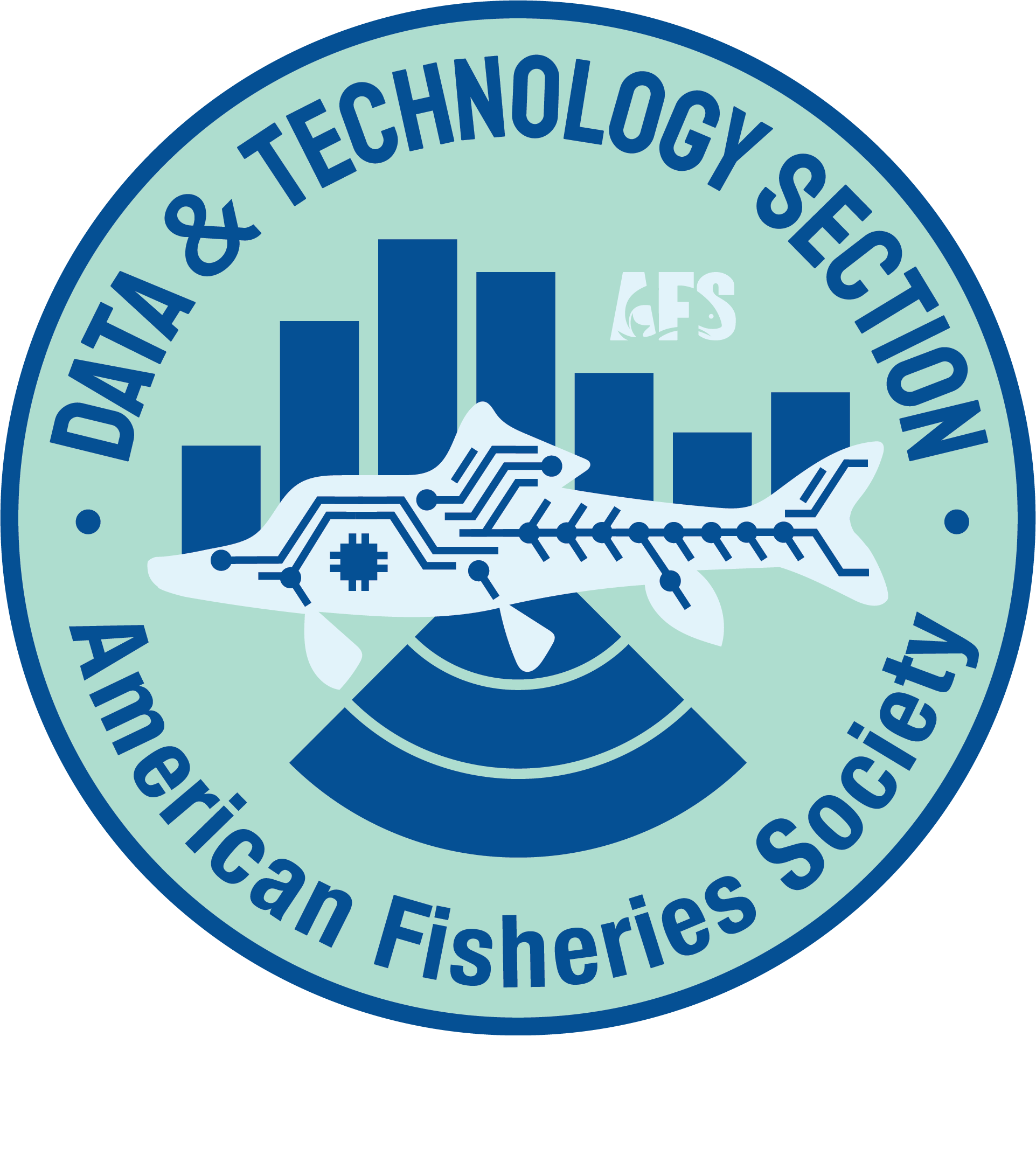Submitted by Dave Mayers & Rodney Britt
Have you ever wanted to look at fish population indices from a body of water on the other side of the state? Or needed to compare the present fish population in a lake to that found 10 years ago? These are questions asked all the time by fisheries managers and researchers.

Fisheries Information Network System (FINS) is a software package developed by the Missouri Department of Conservation (MDC) to 1) manage and record fish management and research data and 2) provide detailed analysis and reporting of these data. FINS is a web application housed on MDC’s intranet with all program data being stored on MDC’s central servers . The decision to develop a web based application over a desktop application was based on the web’s advantages of easily shared data, efficient and complete updates of the program as needed, and long term data security. The application was developed by a team of fisheries biologists, research scientists and IT program specialists.
This software package details information for individual fish and metadata about the sample; 1) WHY the Collection was made, 2) WHEN it was made, 3) WHERE it was performed, and 4) HOW it was done (what gear). Having this metadata entered into FINS is extremely valuable for future biologists who need to understand the whole story behind the fish data.
The primary categories recorded within FINS are:
- Water Body – Which Missouri water body the fish sample was obtained from.
- Collection – A grouping of related fish samples. Usually all the fish samples performed on a body of water for a particular year.
- Sites – Description of the physical location on the water body where the fish sample was performed. This includes UTM information.
- Runs – Records each “run” or event when fish were collected. Records 1) date of run, 2) portion of the site where the run occurred, and 3) the method used to capture the fish (electrofishing, netting, hooking, or observation).
- Fish Data – Detailed information such as length, frequency, weight, tags, population estimate marks, and age for each fish.
- Bony Part/Annuli – Record age/growth information from the bony part of a fish.
Bony Part Analysis
FINS contains a special screen called the “Heads Up Display” (HUDS) to measure the distance between annuli on a bony part. HUDS allows an image of a Bony Part to be loaded on the screen where a biologist can “click” on each annuli. HUDS then saves the distance between each annuli. These measurements are used to create several different age reports.

Reports
Once information is stored into FINS, a series of reports are available that allows detailed analysis of the fish samples. The report generator allows users to filter data by input parameters such as waterbody, fish species, sites, runs, and tag information. Reports currently available in FINS are:
- Age – Growth Summary
- Average Annual Increments of Back Calculated Lengths for Each Age Class
- Average Back Calculated Lengths by Age
- Individual Back Calculated Annual Increments
- Individual Back Calculated Lengths
- Length Frequency by Age Class
- Length Frequency Listing
- Length Frequency Summary
- Population Estimate – Chapman Method
- Population Estimate – Schnabel Method
- Relative Weight by Length Category
- Relative Weight by Size Increment
- Relative Weight Table (Individuals)
- Species Frequency
- Fish Sample data can also be exported to Excel for quality control analysis and individualized graph and table creation.
All reports generate a “cover sheet” showing all the input metadata used to generate the report. Exportable tables and graphs are part of most reports.
Report Examples:


Data Security
One common question we get from new FINS users is, “if everyone on our intranet can see my data, how do I know it will not be deleted or changed?” Only approved FINS users can access the application and the creator of the collection can designate up to three additional users with editing rights. After a collection is quality checked, the collection coordinator “Approves” the collection which locks down the data set, thus preventing any editing. Only the coordinator can unapproved a collection so it can be edited again. Once the collection is approved, other users can still view, run reports on the data, and export data for further analysis. This system assures long term security of the data.
Another good information archiving feature of FINS is the option to add notes and attachments to most levels (Collection, Site, Run, and Fish Data). Attachments can include any file type. Common attachments are sample site maps, research proposals, final reports, and bony part images.
Technical Details
FINS is a .net application written in C# with an MSSQL database. The reports are developed on SQL Server Reporting Services (SSRS) and T-SQL stored procedures.
Missouri’s fisheries managers and researchers now have a powerful and secure application they can use to easily store, view, analyze, and share their fish data.
For more information about FINS contact Missouri Department of Conservation Fisheries Division in Jefferson City, 5573/751-4115
Dave Mayers
Fisheries Regional Supervisor – Retired
Missouri Department of Conservation
551 Joe Jones Blvd.
West Plains, MO 65775
417/256-7161
Rodney Britt
Contractor Project Manager
Missouri Department of Conservation
2901 W Truman Blvd
PO Box 180
Jefferson City, MO 65102
573/751-4115
Tagged Under: data management, software

